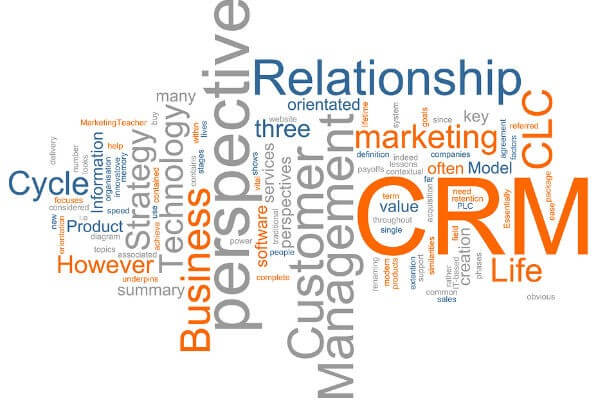Table of Contents
SOC 2 is a voluntary compliance standard for service companies. It provides guidance on how companies should handle their customer data. However, in order to receive this certification, you must first be audited. And before you pass the audit, you will need to prepare for it. If you are interested in SOC 2 certification costs and the compliance process, then this article is for you.
What Is a SOC 2 Audit?
A SOC 2 audit is a third-party audit that verifies that your company adheres to strong security policies to ensure that your customers’ data is protected. These audits are performed by an audit firm known as a Certified Public Accountant (CPA) that is not affiliated with or interested in your company. In essence, the main goal of an auditor is to make sure that your company is protecting your customers’ data and is SOC 2 compliant. Next, let’s see what auditors will check.
Five SOC 2 Compliance Requirements
SOC 2 certification is based on 5 principles of data protection. Let’s look at them:
- Safety.
How do you protect your data from third parties? The first and foremost answer is security. The auditors will examine your access control, security groups, object-level controls, firewalls, etc. They will also examine other operational and management controls that you have in place to protect your data and applications. Thus, you must ensure that your security team has the right protection in place to protect your company from malicious attacks. These could be DDoS attacks, network hacks, or attackers trying to steal data.
2. Availability.
As part of this component, the auditors will review your operational uptime and performance standards. Some of these standards are network performance monitoring, disaster recovery processes, and security incident handling procedures. The goal is to minimize downtime, predict system capacity, and find data that needs to be backed up. It’s all about system security.
3. Processing integrity.
SOC 2 auditors will review how you process, store and manage data in the cloud. In addition, they will look at how reliably your systems process this data. SOC 2 auditors look for input and output data records: Are the records clear? How do you deal with mistakes and how quickly can you fix them?
4. Privacy.
From a security standpoint, auditors will look at how you store and process customer data. They need answers to questions such as: Do you mask personal data when you send it between systems? Who has access to the data? Do you have the proper controls and access rights to keep your data secure?
5. Confidentiality.
In order to keep the data private, you need to ensure proper security such as two-factor authentication, encryption, masking, etc. Auditors will also check how third-party services handle this data. While your company may have taken all appropriate precautions on your part, a third-party service provider may not have such sophisticated security checks. In addition, if you are collecting data, you must first obtain the consent of the user. You should also limit the collection of personal data to the minimum necessary and delete the data after the end of the retention period.
SOC 2 Compliance Checklist
In this section, we’ll walk you through what you need to do to prepare for a SOC 2 audit. These are the main things a company should follow before an audit.
- Specify the target of SOC 2.
The first thing you need to understand is why you want to be SOC 2 certified. You will need a good reason to audit. You also need to make sure that you can afford the high costs of an audit. Typically a SOC 2 audit costs between $5,000 and $80,000, depending on the size of your company.
2. Determine what type of report you need.
In SOC 2, you will come across two types of reports, aptly named Type 1 and Type 2. The first type is the main one and should be your starting point. You will only need to check the controls once at a time.
The second type is more comprehensive and is requested by customers, vendors, or after a Type 1 report. With this report, you will need to continuously monitor controls for 3-6 months. In the end, it all comes down to how often you check your systems and how detailed you want your auditors to report.
3. Determine the scope of the audit.
What will the auditors look for? You don’t want them to waste their time on your POC, sandbox, or development environment. From a technical standpoint, you need them to study your production environment and possibly your quality control environment. Also, you’ll want them to check your third-party connections.
If you look at non-technical environments, then you need them to look at things like finance, payroll services, tax processing, etc. In addition, the audit should include how this data is processed. The scope is important because you most likely don’t want to spend time and money learning things that are not in your audit area.
4. Conduct an internal risk assessment (self-audit).
Before paying an outside firm to perform an audit, you should conduct your own audit to make sure you are as ready to go as possible. Essentially, this internal audit ensures that you pass a real audit. Remember that if you do something wrong and the auditor finds it, your company can be fined and punished.
To prepare, you must identify any risks associated with growth, location, or information security best practices. You will then need to document the extent of these risks associated with the identified threats and vulnerabilities. In addition, assign a likelihood and impact for each identified risk, and then deploy mitigation measures according to the SOC 2 checklist.
5. Perform a gap analysis.
After doing your own audit, you will find things you need to work on before the actual audit. Identify problems and fix them.
6. Maintain post-audit monitoring.
After you pass the audit, you will want to establish processes to maintain your level of security, performance, and compliance.
Final Thoughts
Obtaining SOC 2 certification can be a daunting task. However, with a proper checklist and upfront work, you can prepare and pass an audit. Despite the SOC 2 certification’s high costs, this will allow you to win the trust of your customers and grow your business.




